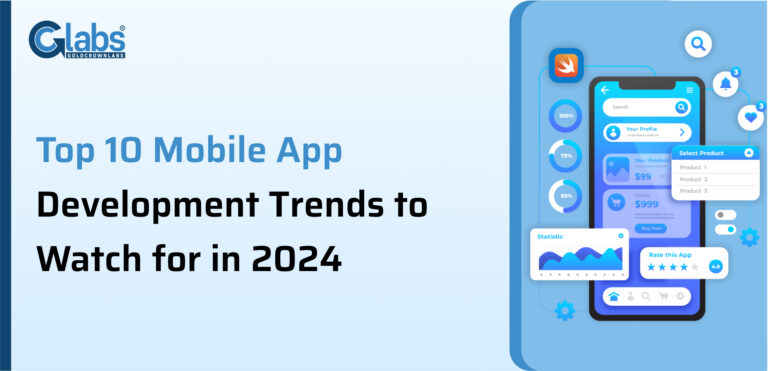ChatGPT has recently been made generally usable by OpenAI. It is a well-developed AI chatbot that can answer your queries. Because it accepts input in the form of questions and returns what it anticipates seeing as answers, I liken it to a highly evolved autocomplete system. It behaves in a similar way to how your phone might predict the next word you’ll type.
ChatGPT excels at summing in addition to providing information that is easily found online and seems reliable. It doesn’t provide information that is truthful or based on sound logic. It is quite good at appearing right while being wrong.
Table of Contents
ToggleWhat are the Advantages of ChatGPT?
In the future, the Chat GPT tool may be utilized in the following ways:
1. Enhanced Accuracy:
The developer of the well-known ChatGPT’s conversational AI model, OpenAI, just released an update to boost the chatbot’s precision. In the next few days, multitasking training will probably be employed more often as businesses strive for improved accuracy levels and quicker searches. Businesses that seize this trend will be able to surpass their rivals by increasing chatbot accuracy and offering superior customer service.
2. Accommodate Several Languages:
OpenAI is creating multilingual models to help businesses and individuals communicate with people who speak different languages. If businesses want to stay competitive, they must make sure they are serving customers all over the world. This is facilitated by Chat GPT, which makes it possible to get help in multiple languages without the user having to do any extra work.
3. Increased Speed:

4. Security and Privacy:
Chat GPT offers a secure and private chatting environment. It uses AI to identify spam, censorship, and malicious information in order to provide a safe environment free from human interference. All contact with users is encrypted and locally kept to guarantee that their privacy is always safeguarded.
5. Versatile:
Chat GPT is a versatile tool for a variety of applications, including customer service, content production, and personal assistance since it can produce human-like responses on a wide range of themes.
What are the Disadvantages of ChatGPT?
Users need to be aware of ChatGPT’s potential downsides or limitations as an AI language model. There are several Chat GPT’s shortcomings, which are included below:
1. ChatGPT Produces Inaccurate Responses:
It struggles with basic numbers, appears unable to follow simple logic, and will even use completely false information to support itself. As social media users can verify, ChatGPT’s occasionally makes mistakes. ChatGPT does not perform an internet search for solutions, in contrast to other AI assistants like Siri or Alexa. Rather, it constructs sentences word by word. ChatGPT creates an answer by a series of educated guesses, which partly explains how it can defend inaccurate responses as if they were completely accurate.
2. Educational Challenges Faced by ChatGPT:
If Chat GPT can write for us, would students still need to learn how to write in the future? Schools will need to find a speedy solution if students start using ChatGPT to help them write their essays, despite the fact that it may seem like an existential question. It’s not just English-based courses that are in danger; ChatGPT can help with any task that calls for idea generation, summarising, or drawing informed conclusions.
3. Inadequate Use Of Common Sense:
4. Untruthfulness and bias:
5. Insufficient emotional intelligence:
ChatGPT is an AI-based technology, hence it lacks emotional intelligence. Users’ expressed emotions could not be fully understood or treated effectively by the system. Human emotions can be intricate and complicated, necessitating empathy and comprehension that ChatGPT might lack. This restriction can make relationships feel cold or impersonal, especially when emotional support or sensitivity is called for.
Competitors:
One of ChatGPT’s main competitors is Google Bard, LaMDA, which was introduced on 6 Feb 2023. On a platform dubbed “Transformer,” a Novel Neural Network Architecture for Language Understanding, LaMDA is being developed. Google states that “the architecture is based on a self-attention mechanism that we believe to be particularly well suited for language understanding”. To make their AI chatbot safe, secure, and useful, Google is constantly testing and improving it.



